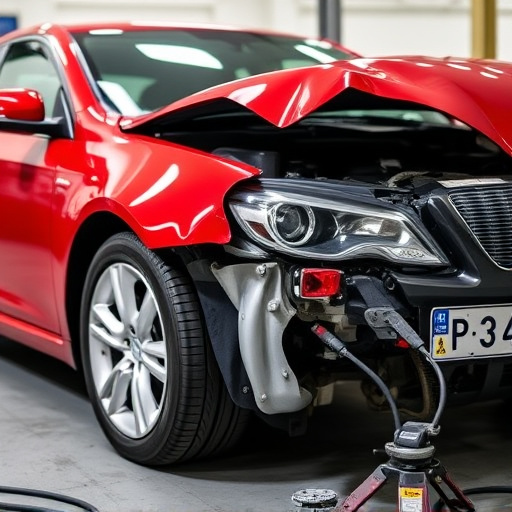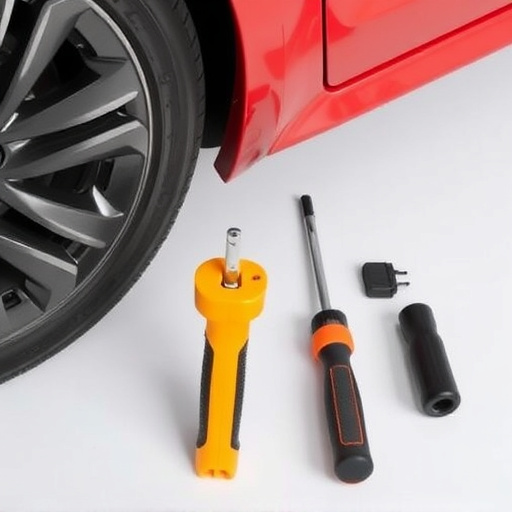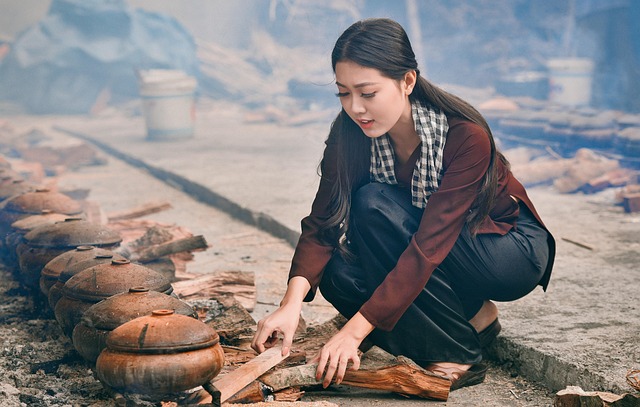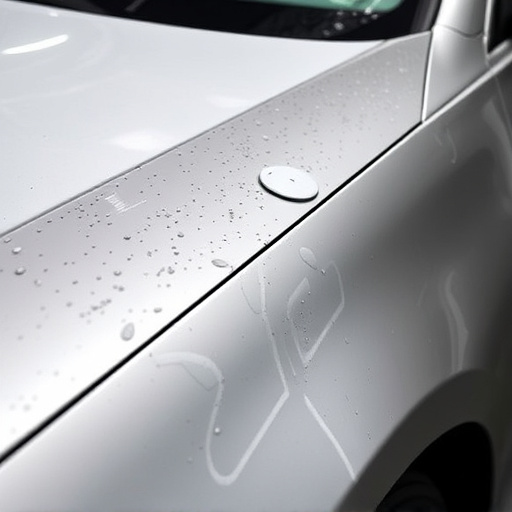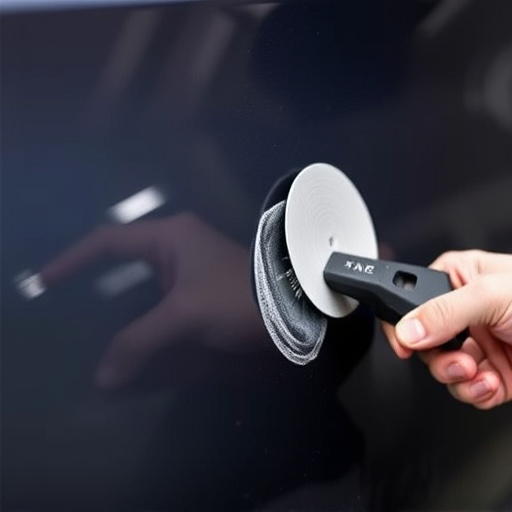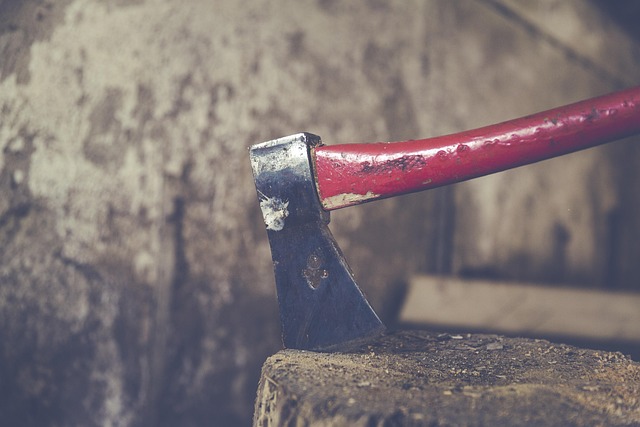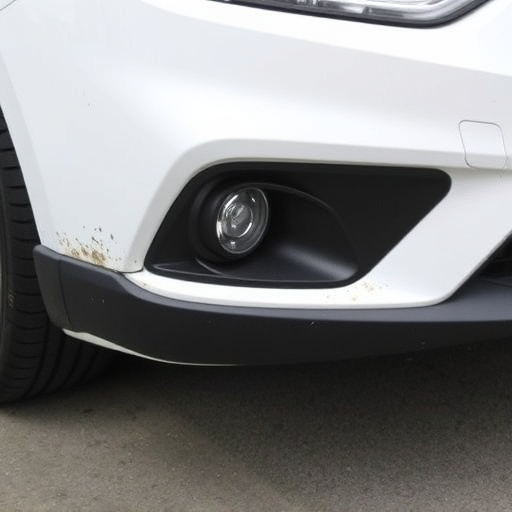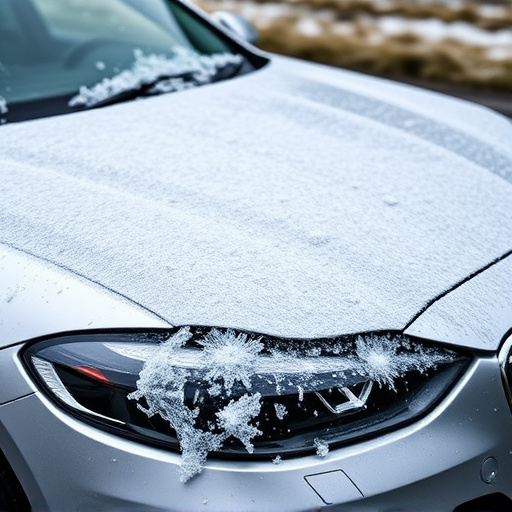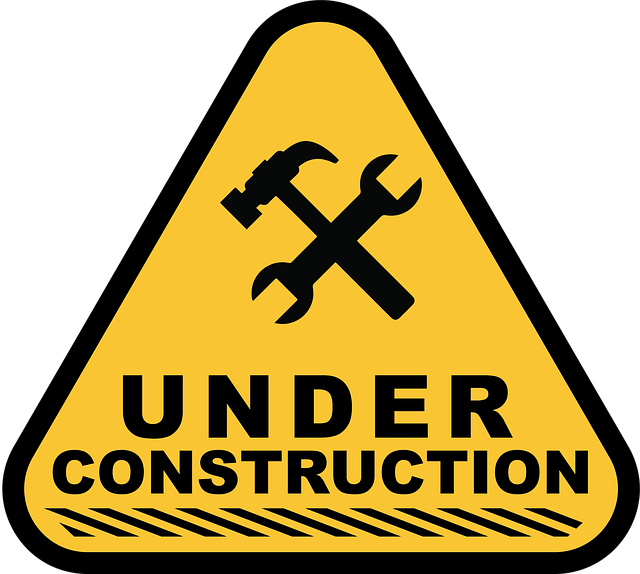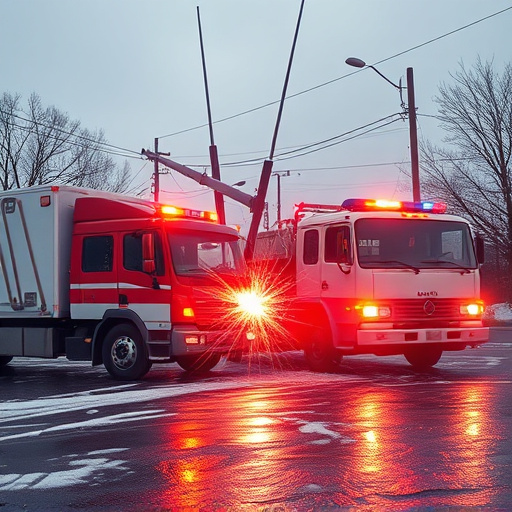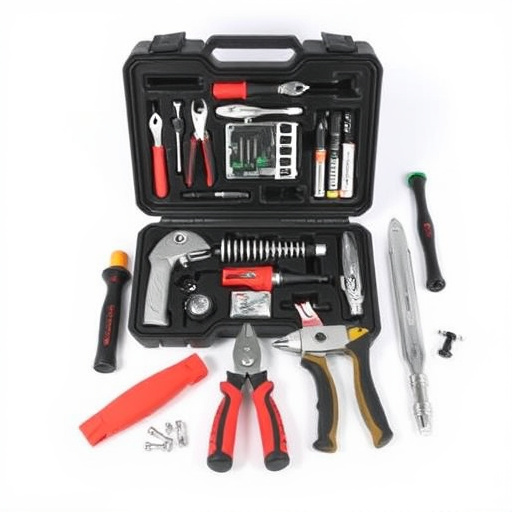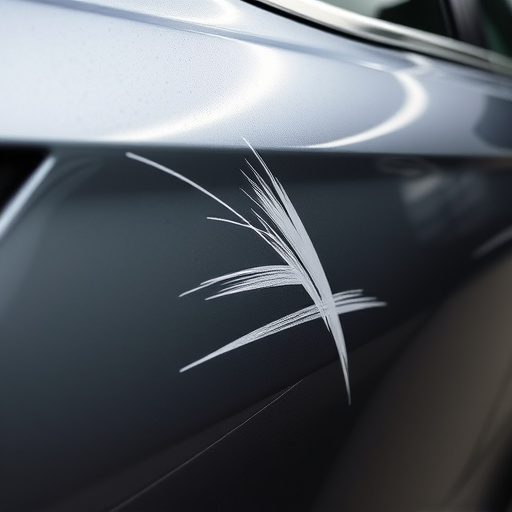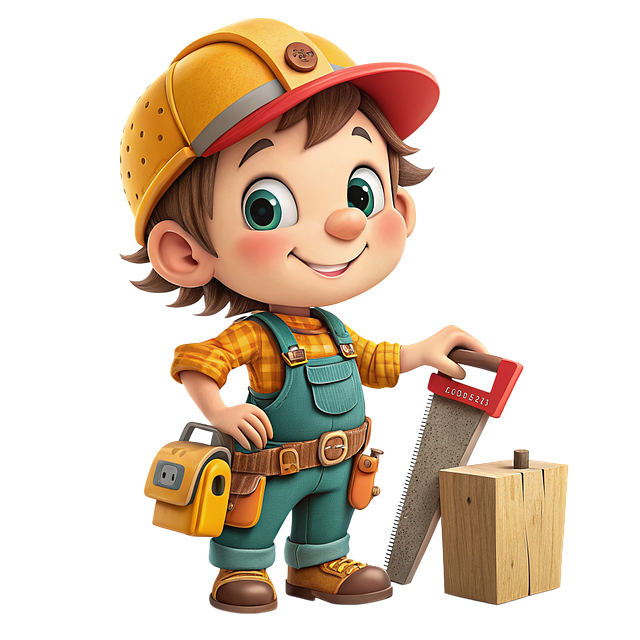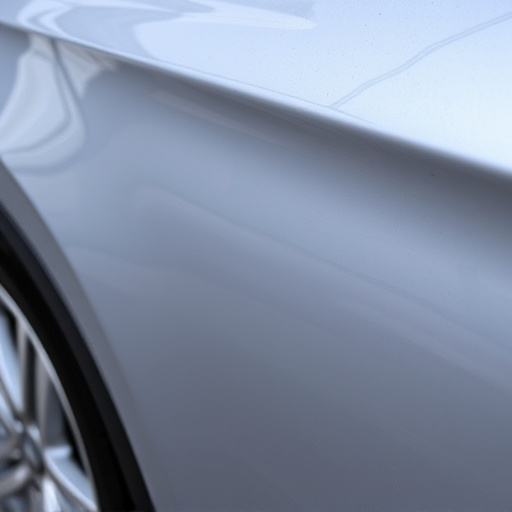Auto paint repair combines scientific understanding of paint composition and molecular analysis with meticulous preparation and specialized equipment. Professionals use advanced tools like spectrophotometers for precise color matching, ensuring seamless results in both dent repair and preserving vintage vehicle integrity. Key steps include thorough cleaning, filling, and sanding, while workshops equip themselves with top-tier tools, a wide range of paints, and skilled applicators to achieve exceptional finishes.
In the realm of auto paint repair, achieving a flawless finish relies on understanding paint matching techniques. This comprehensive guide delves into the science behind matching hues, exploring the intricacies of color analysis and formulation. We navigate the process from surface preparation to leveraging advanced tools and resources for precise mixing. Master these steps, and you’ll restore your vehicle’s exterior with a repair that’s virtually indistinguishable from the original paint job.
- The Science Behind Paint Matching Techniques
- Preparing Surfaces for Accurate Repairs
- Tools and Resources for Seamless Paint Mixing
The Science Behind Paint Matching Techniques
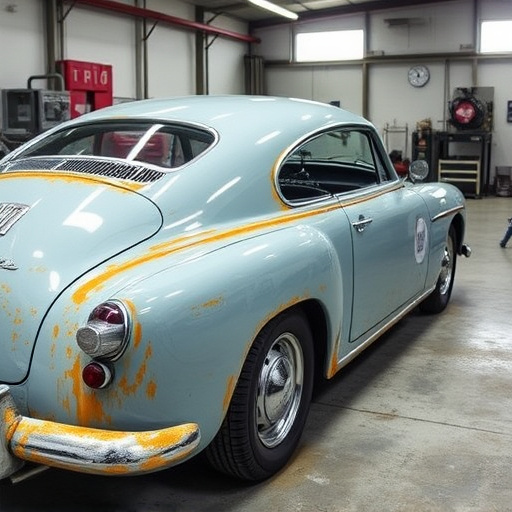
The science behind paint matching in auto paint repair involves a complex interplay of technology and artistry. It starts with understanding the chemical composition of paint, which includes its pigments, binders, and additives. Each of these components plays a crucial role in determining the color, sheen, and durability of the paint. By studying the unique molecular structure of damaged car bodies—from minor dents to extensive collision damage—professionals can identify the exact mix of chemicals used in the original paint job.
This knowledge enables them to match the color precisely using advanced equipment like spectrophotometers. These tools measure light reflected off the surface, analyzing its wavelength and intensity to determine the exact shade. In the context of auto paint repair and classic car restoration, this precision is vital for repairing not just dents but also preserving the historical integrity of vintage vehicles. Thus, mastering paint matching techniques involves a blend of scientific rigor and artistic expertise, ensuring that every repair looks as good as new in any collision repair center.
Preparing Surfaces for Accurate Repairs
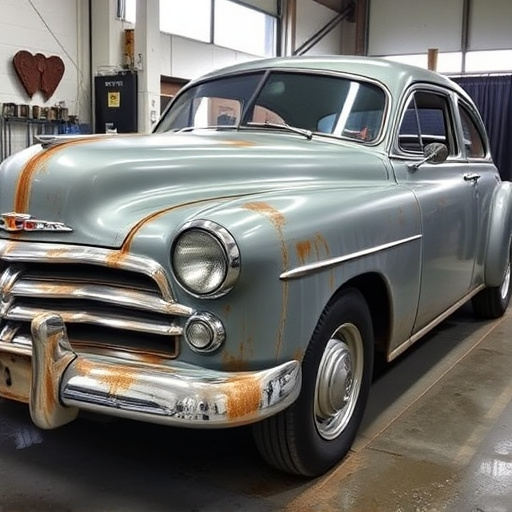
Preparing surfaces is a crucial step in accurate auto paint repair. Before applying any new paint, it’s essential to thoroughly clean and prepare the car bodywork. This involves removing all dirt, grease, and existing loose paint particles from the damaged area. A collision repair shop often uses specialized cleaning agents and sandpaper to ensure the surface is smooth and free of contaminants. This meticulous preparation ensures that the new paint adheres properly and creates a lasting, seamless finish.
Additionally, filling and sanding are critical processes in auto painting. Repair technicians use body fillers to level any imperfections or dents on the car bodywork, resulting in a smooth base for painting. Once filled, the area is lightly sanded to remove excess filler and create a fine, even surface. This meticulous attention to detail is what sets apart professional collision repair shops, ensuring that every auto paint repair job meets high standards and delivers an exceptional finish.
Tools and Resources for Seamless Paint Mixing
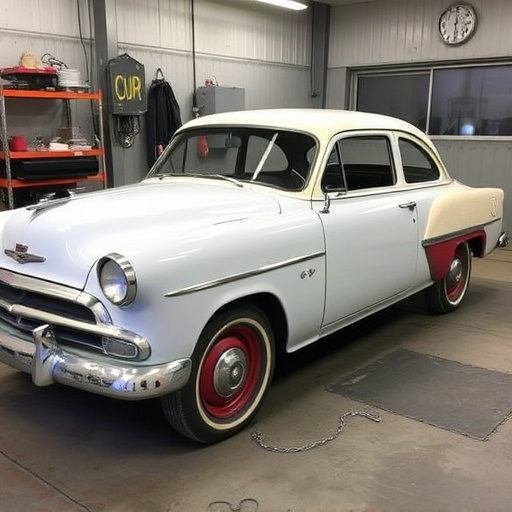
In auto paint repair, achieving seamless paint mixing is an art that requires the right tools and resources. Professional collision repair centers invest in top-tier equipment designed to accurately match the original vehicle bodywork’s color and finish. These include advanced paint mixers, spectrophotometers, and computer-aided color matching systems. Paint mixers ensure consistent blending, while spectrophotometers measure color accuracy by analyzing light reflected from the surface. Computer-aided systems further refine the process by comparing digital color codes, ensuring the final touch-up matches perfectly with the rest of the vehicle’s paint job.
Additionally, a well-stocked workshop includes an extensive palette of base coats, clear coats, and intermediates, allowing for precise adjustments during the mixing process. Specialized paint shapers and applicators aid in achieving smooth, even coatings, crucial for maintaining the aesthetic integrity of the vehicle repair. These tools, combined with expert technicians’ skills, enable collision repair centers to deliver top-notch auto paint repair services, ensuring vehicles not only look good but also maintain their original finishes seamlessly integrated into the overall vehicle body.
Mastering paint matching in auto paint repair involves a blend of scientific understanding, meticulous preparation, and the right tools. By delving into the science behind matching techniques, properly preparing surfaces, and utilizing seamless mixing resources, professionals can achieve indistinguishable repairs that restore vehicles to their original state. These strategies are vital for ensuring long-lasting, high-quality results in auto paint repair.
